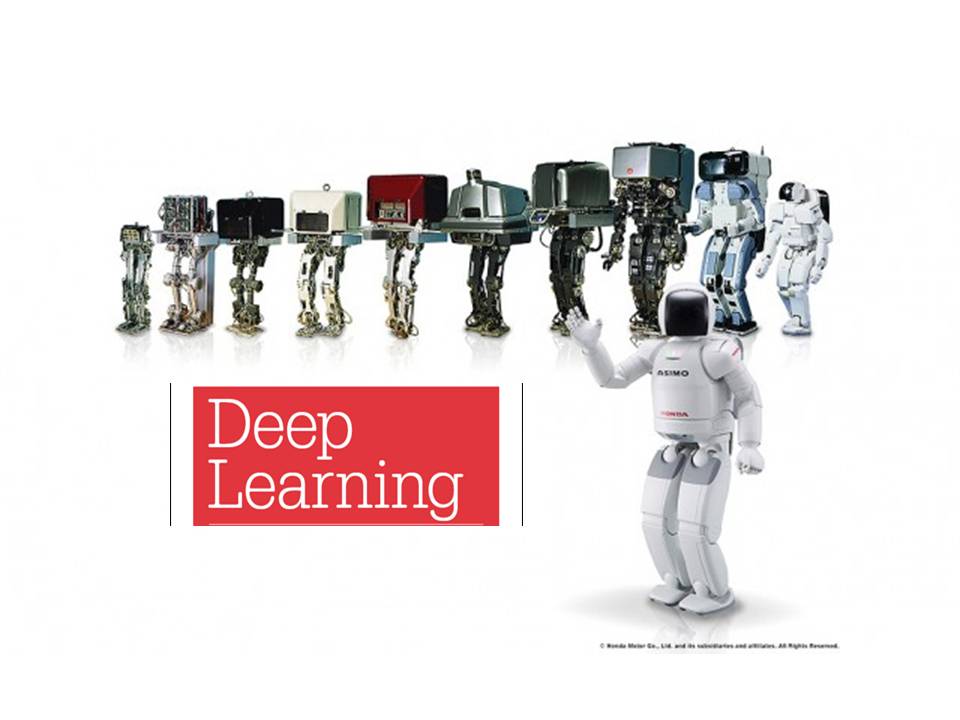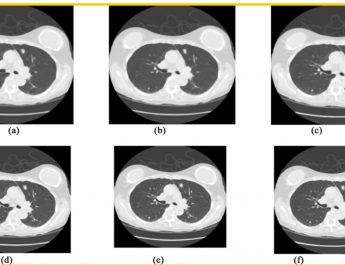Through deep learning, Japan is offering solutions to various challenges that the world faces.
Industrial robots are used in manufacturing plants around the world to streamline and automate operations. Japanese robots have led the drive towards factory automation and today they’re evolving to offer even greater gains in efficiency through deep learning.
Toru Nishikawa, Preferred Networks, Inc. President & CEO
“Deep learning technology which is our speciality is driving the evolution of industrial robots. This technology makes it possible for robots to provide more flexible operations and capabilities. We developed “Chainer” an open-source deep learning framework that allows extremely flexible implementation of deep learning algorithms that is widely used around the world by researchers and developers.”
Eiichi Matsumoto, Preferred Networks, Researcher
“This is an industrial robots picking process that utilizes image recognition technology. By utilizing image recognition with three-dimensional images and deep learning the robot gains the ability to select the best positions to pick up blocks in a disorganized pile. At first, the robot is incapable of picking up the blocks correctly but after about eight hours of training, it gains the ability to perform the picking operation with greater than 90 percent precision. Although human beings can’t share the implicit knowledge resulting from training, robots can share skills learned instantaneously. So if ten robots are connected together on a network they will learn ten times as quickly.
Deep learning can also be used to enable robots to cooperate with other robots and to detect and prevent imminent malfunctions to avoid manufacturing line stoppages. By combining our deep learning technology and software with FANOX world-class hardware we can lead the world in this field. Deep learning is driving a variety of changes in manufacturing by enabling higher throughput and shorter turnaround in production.
Toru Nishikawa, Preferred Networks, Inc. President & CEO
“I look forward to tapping the full potential of our deep learning technology outside the field of industrial robots. For example to dramatically advance transportation systems through technologies such as self-driving and to solve the complex difficult to elucidate phenomenon of cancer in the life sciences.”




